There’s no shortage of exhilarating watersports for consumers to pump their adrenaline. However, kitesurfing holds a special place in many hearts, especially with experts estimating that there are about 1.5 million kitesurfers globally. The watersport is gaining this much attention because it combines the freedom of flight with the excitement of surfing.
However, customers need the proper gear set, whether they are just starting or have some experience in the sport. Retailers can leverage this demand by stocking up on kitesurfing accessories and offering them to individual buyers or kite schools. This article will discuss four essential options to start with that your buyers will love in 2024.
Table of Contents
A brief look at the kitesurfing accessories market
4 kitesurfing accessories to sell in 2024
Wrapping up
A brief look at the kitesurfing accessories market
According to reports, the global kitesurfing accessories market was worth US$ 1.042 billion in 2023. Experts predict the market will register a 14.7% compound annual growth rate (CAGR) to reach US$ 4.109 billion by 2033. This market owes its growth to the rising popularity of adventure tourism and the rapid increase of people adopting beach cultures on vacations.
In the past, the kiteboarding accessories market grew at an 8.9% CAGR between 2018 and 2022. Europe also held over 33% of the global market in 2022, while the United States will grow at a 16% CAGR over the forecast period. Kiteboards also dominated the market in 2022, accounting for over 16.4% of the total revenue.
4 kitesurfing accessories to sell in 2024
1. Kites
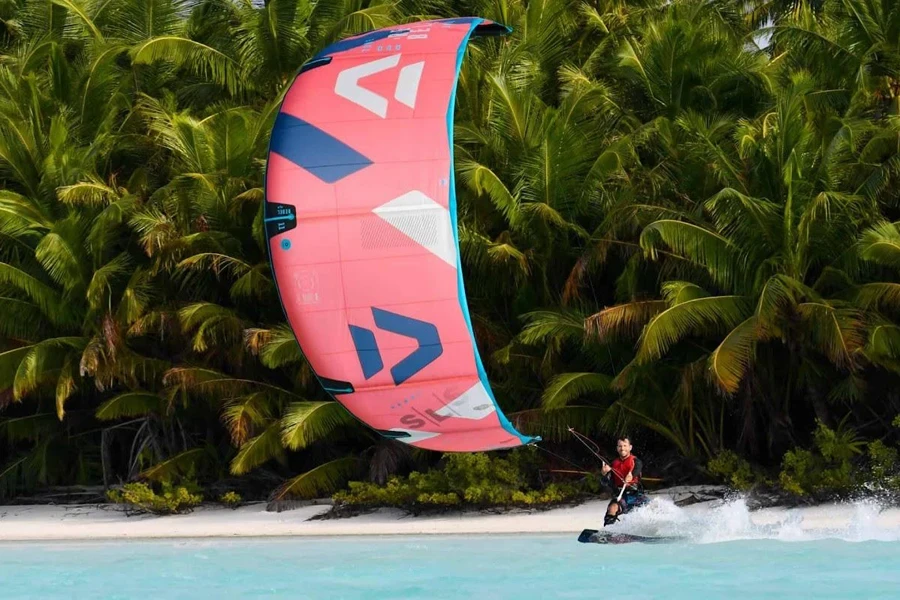
The most essential gear for kitesurfing is the kite itself. The right kite for customers depends on their weight, the wind, and their experience. Luckily, kites come in different sizes and types to ensure everyone gets their perfect option. Usually, beginners prefer starting with smaller, easier-to-handle kites. Here are the different kite types retailers can add to their inventories.
Foil kites
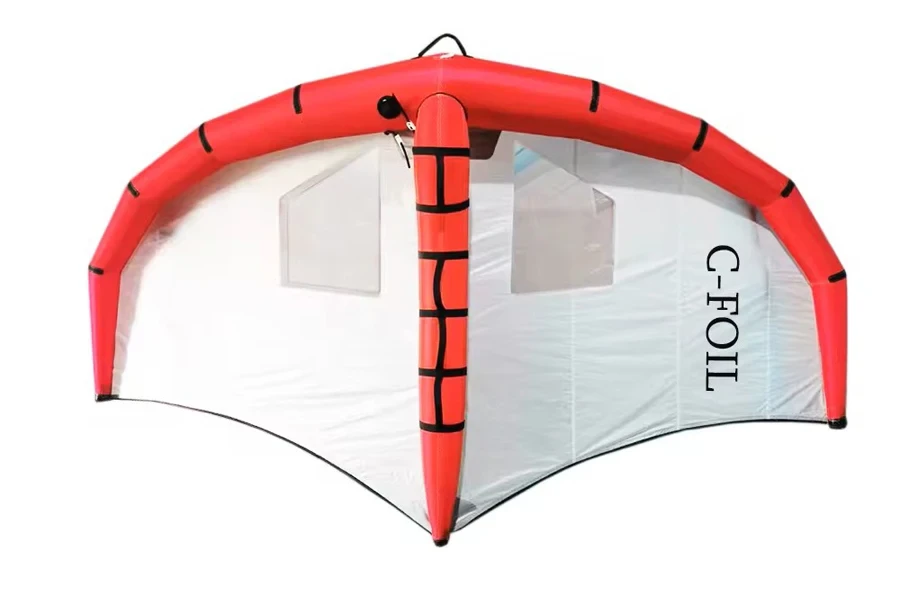
Foil kites look like parachutes with multiple air chambers. When they catch the wind, they puff up like pillows. These designs make them great for going upwind efficiently and giving a lot of speed and lift for jumps. But they could be better for beginners.
C kites
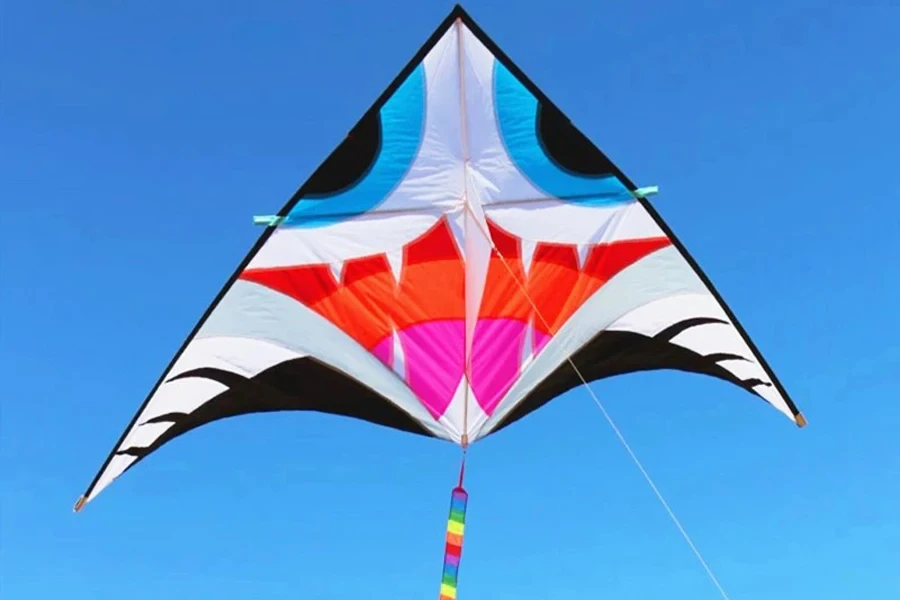
C kites, famous for their C-shape, have squared wingtips and no harness. They feel solid and give a strong sense of power and control in the air. C kites are rigid and straightforward to set up, so customers can start having fun quickly. Nevertheless, these kites are best for advanced or competitive kiters who do freestyle tricks.
Bow kites
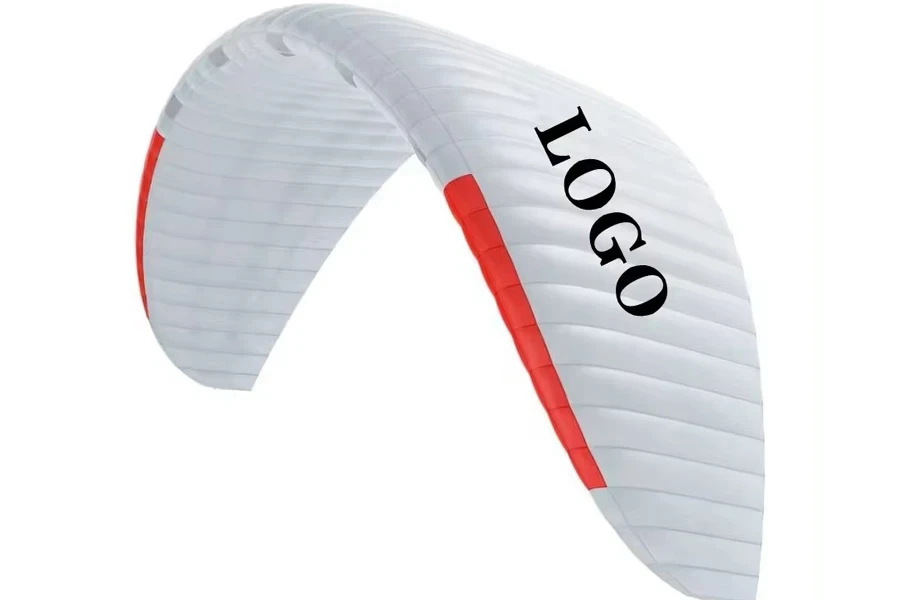
Bow kites are the most common type of kitesurfing kites. They are great for beginners and intermediate users because bow kites quickly relaunch from the water and depower easily. These kits also work well in a wide range of winds so that customers will have fun with this kite for a long time.
Delta kites
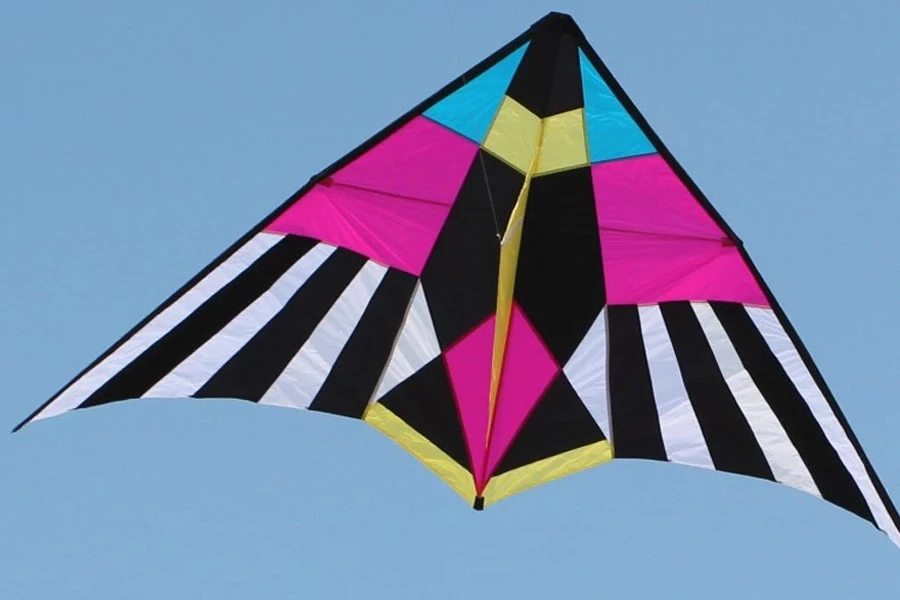
These kites are like a mix of bow and C variants. They have swept-back wings and a short, fat shape. This design makes them feel more direct in the air. Like bow kites, they are also easy to relaunch.
Surfing kites are attracting a lot of attention in 2024. According to Google data, they started the year with 301,000 searches and maintained this impressive search interest until March. Many people are interested in adding this product to their kitesurfing collection.
2. Harness
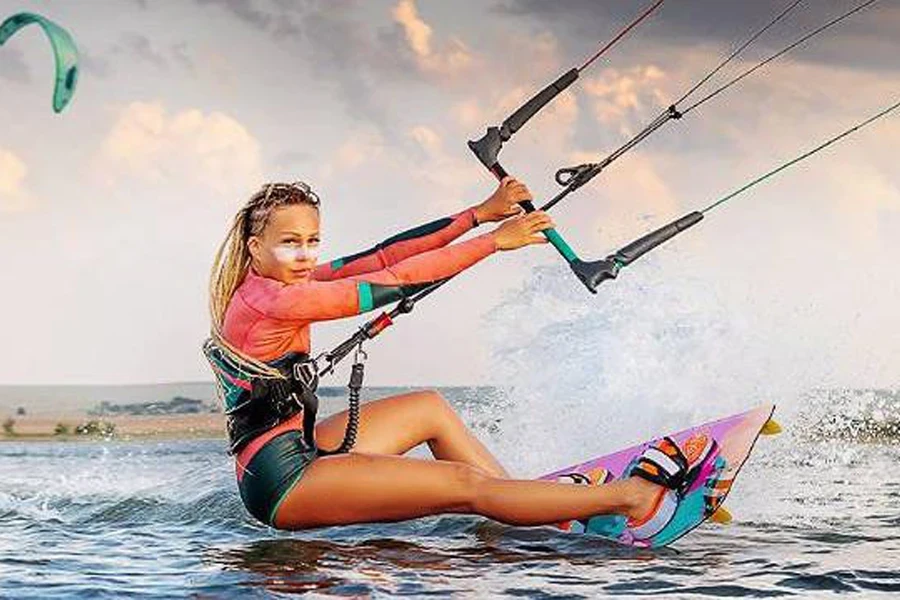
The customer connects to the kite through harnesses, letting them control their movements. While there are different types, the two main options are waist and seat harnesses. Waist harnesses provide a secure grip around the user’s waist, while seat harnesses wrap around the legs and hips. Most beginners prefer waist harnesses because they give them more freedom to move and are more comfortable to wear.
Harnesses are getting lighter and less bulky without sacrificing support and strength. This design update means consumers can move more freely and feel less tired. Some harnesses blend hard and soft materials to give kitesurfers support and flexibility.
New harnesses also have padding and stiffness in specific areas to give customers support where they need it most. Manufacturers also use more breathable materials and non-slip linings to make harnesses more comfortable and stop them from riding up. Some brands even make harnesses explicitly designed for women so they fit better and feel more relaxed.
Kitesurfing harnesses don’t attract much search interest compared to the other accessories. But because of their necessity, they still rake in thousands of searches. According to Google data, they received 1,900 searches in March 2024.
3. Board
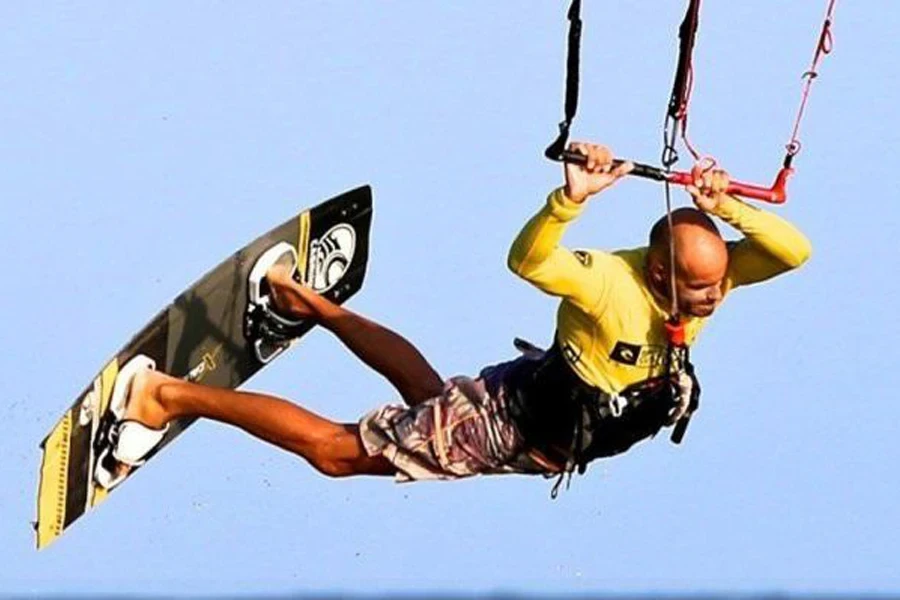
Kitesurfing boards are smaller and more agile than surfboards but similar in some ways. If customers are new, retailers can start them with a board that’s easy to control and has an enormous surface area for stability. Kitesurfing boards have also drawn significant attention, with Google data placing them at 14,800 searches in March 2024.
Twin tip
The twin tip board is the most popular choice for kitesurfing. Its symmetrical shape makes it easy to ride in any direction without customers adjusting their feet. Twin tip boards are also great for beginners because they’re simple and use and help them progress as they improve their skills.
Directional boards
These kiteboards are mainly for surfing, letting customers ride the waves as the kite pulls them. They have the moniker “directional boards” because kitesurfers can only go in one direction by shifting their feet. Retailers can offer directional options if customers want more challenge after using twin-tip boards.
Hydrofoil boards
This board is trendy because it lets customers float above the water. Hydrofoil boards have tall masts with wings and stabilizers attached. When users speed up, these boards make them feel like they are hovering because of the lift.
Kitesurfing boards also have some noteworthy updates. Many manufacturers are pushing the boundaries for riding in even lighter winds. So, retailers can expect wider boards, flatter rocker profiles, and optimized fin layouts for excellent upwind abilities. Boards that blend features for different styles (like hybrid designs) are getting popular, too.
4. Safety leash
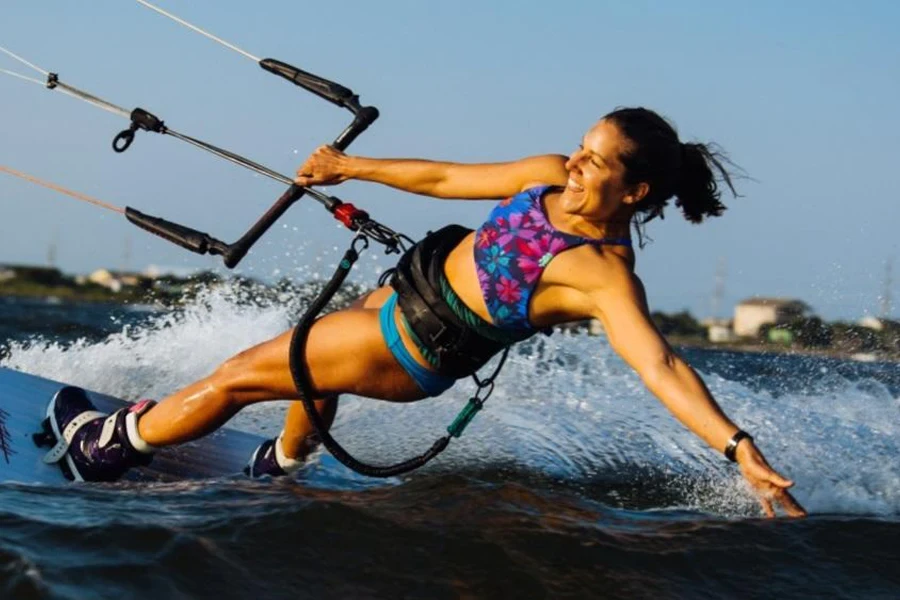
Customers need the proper safety gear when kitesurfing because it can get dangerous fast. Helmets, impact vests, and personal floatation devices are essential for keeping them safe, but a kite leash is even more crucial. These products help kitesurfers stay in control of their kites, preventing accidental disconnections mid-ride.
Safety leashes also help customers connect a safety line to their harnesses. This connection improves the control bar safety system. If something goes wrong, customers can quickly release the kite and activate the safety release to keep themselves safe.
These kitesurfing accessories have some critical updates and trends retailers should know about. For starters, manufacturers push even more accessible and more intuitive quick-release mechanisms. One-handed, push-away releases are now the standard as they focus on reliability and ease of use under stress. Safety is the biggest concern, so newer leashes use high-strength materials like Dyneema and robust construction techniques to minimize the risk of failure.
Wrapping up
Kitesurfing is a unique experience that lets customers ride in the air while surfing. However, this watersport can get dangerous if consumers need the right accessories. The best way kitesurfers can optimize their rides is with the accessories discussed in this article, and each one is highly demanded. Stay ahead of the curve by investing in kites, harnesses, boards, and safety leashes.
If you’re interested in getting the latest updates from the sports industry, subscribe to the Sports section of Alibaba Reads.




